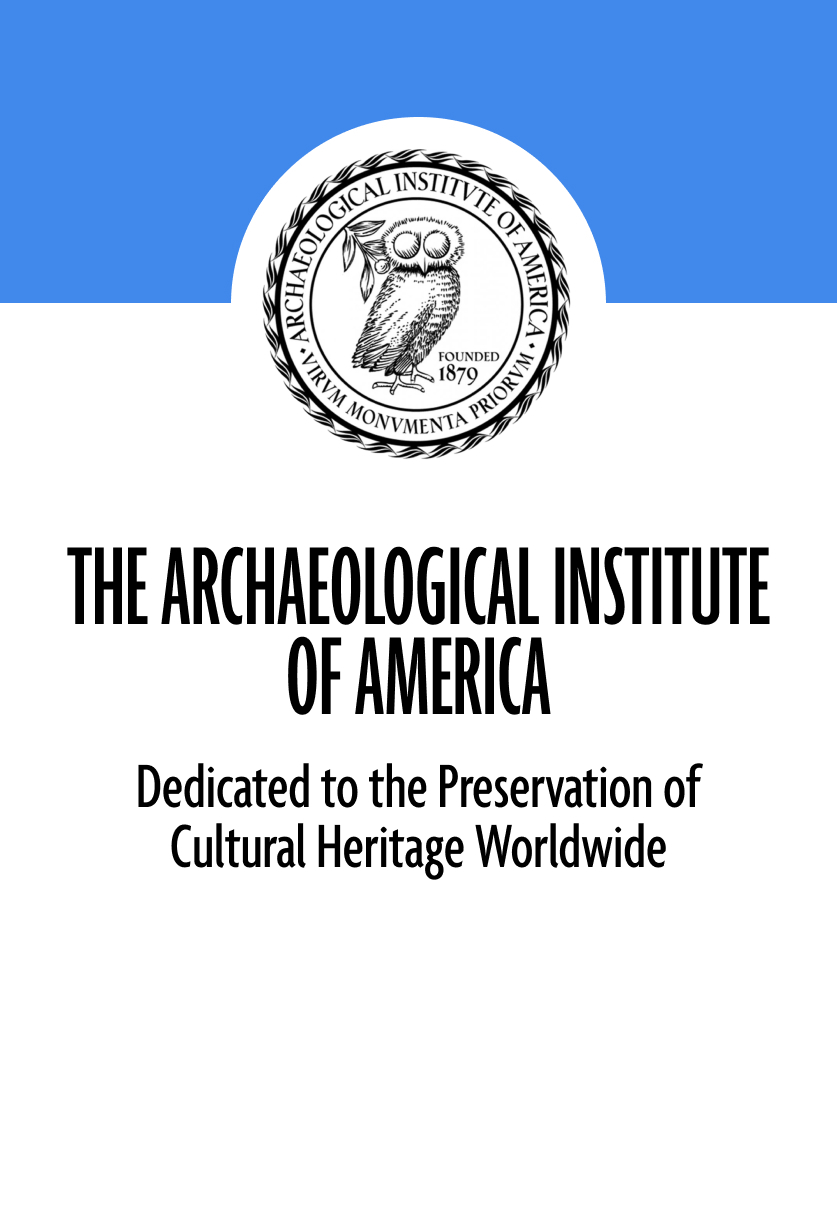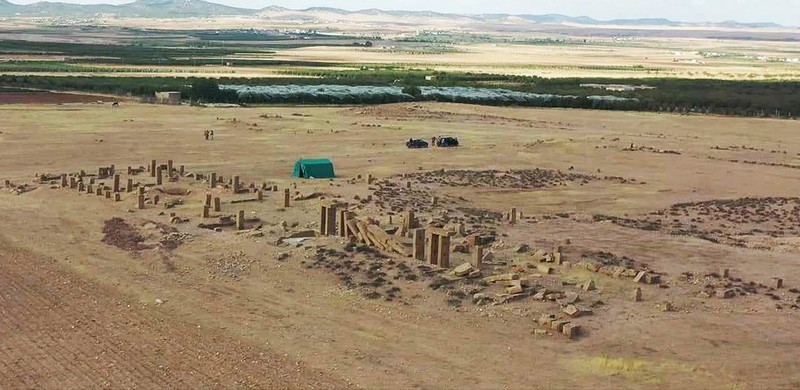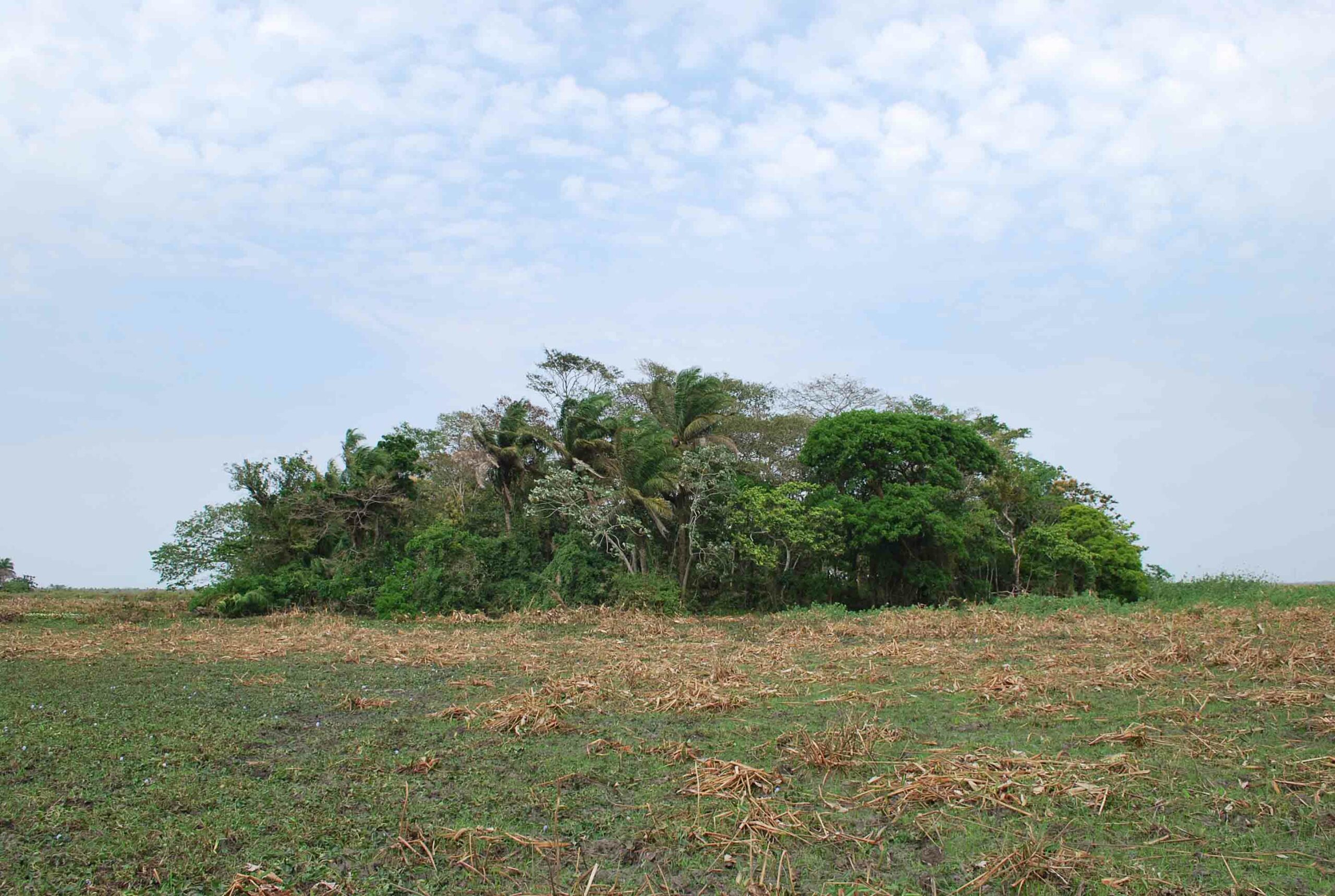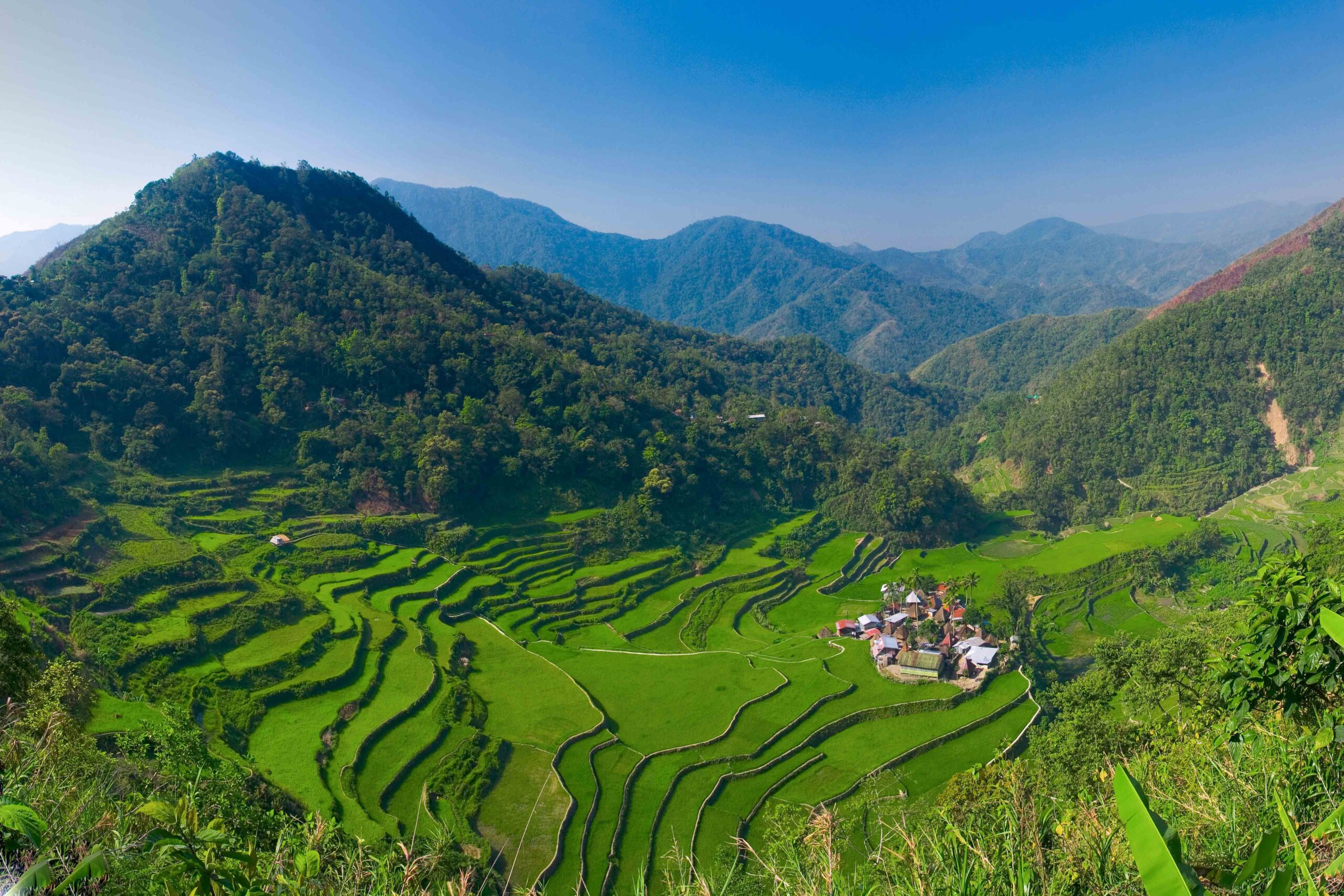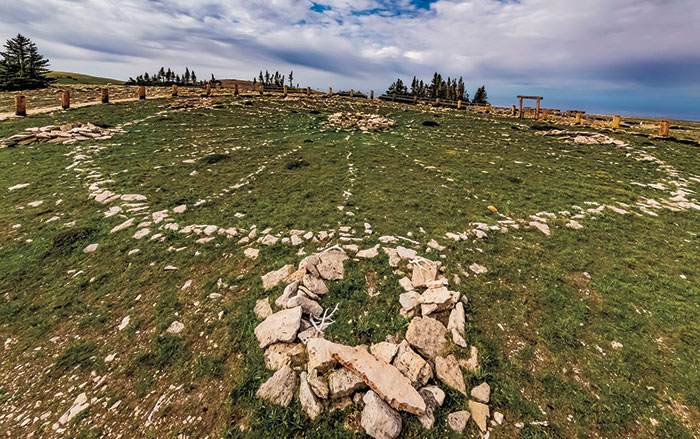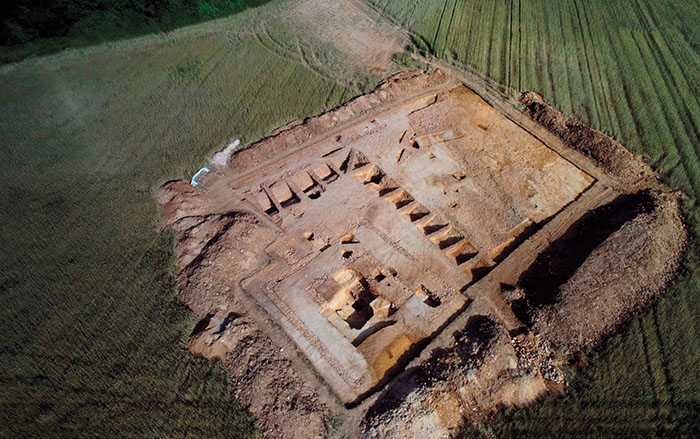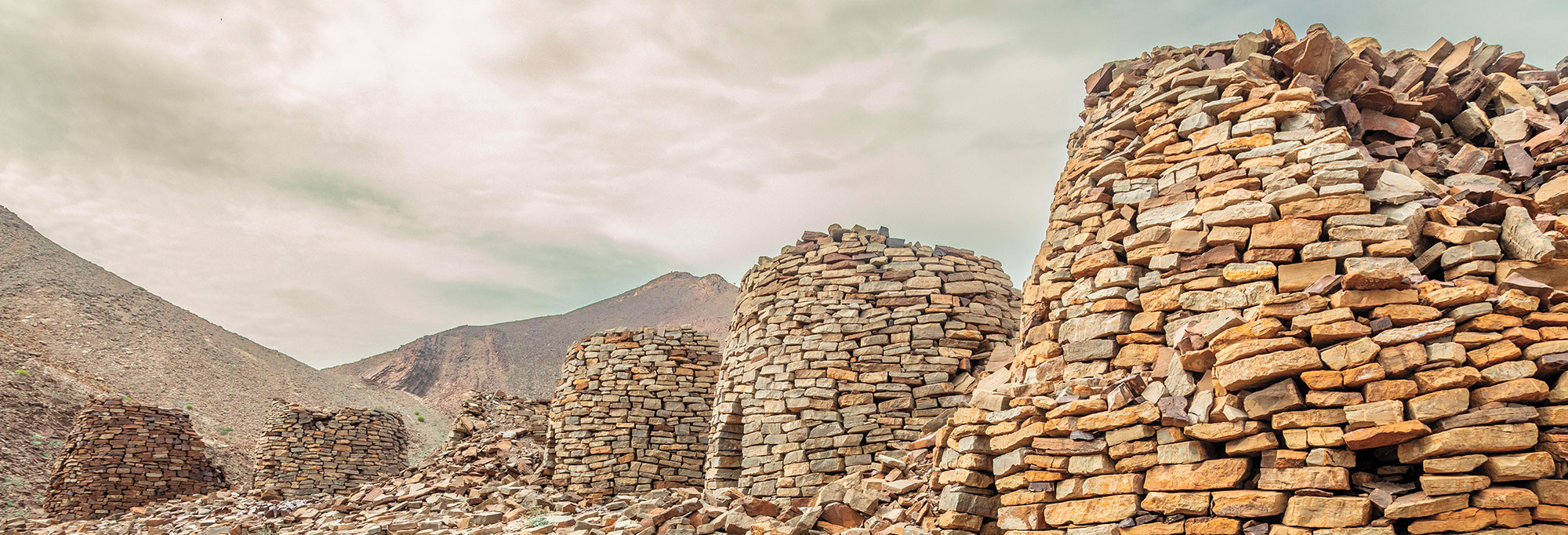
KASSERINE, TUNISIA—According to a statement released by Ca’ Foscari University, two Roman olive oil pressing facilities, or torcularia, have been discovered in central Tunisia by an international team of researchers including Samira Sehili of La Manouba University, Fabiola Salcedo Garcés of Complutense University of Madrid, and Luigi Sperti of Ca’ Foscari University. The site, known as Henchir el Begar, was divided into two sectors. Oil presses, a basin for collecting water, and cisterns were unearthed in each sector. A monumental torcularium with 12 beam presses was discovered in the first sector, making it the second largest such facility known in the Roman Empire. Eight presses of the same type were found in the second sector. All of these structures were used to produce oil between the third and sixth centuries A.D., although grain was processed in the area as well. A ground-penetrating radar survey of the settlement detected a dense, complex network of dwellings and roads. “This mission offers an unprecedented insight into the agricultural and socio-economic organization of the frontier regions of Roman Africa,” Sperti explained. To read about the downfall of another olive oil production center in Roman North Africa, go to "Oliveopolis."
